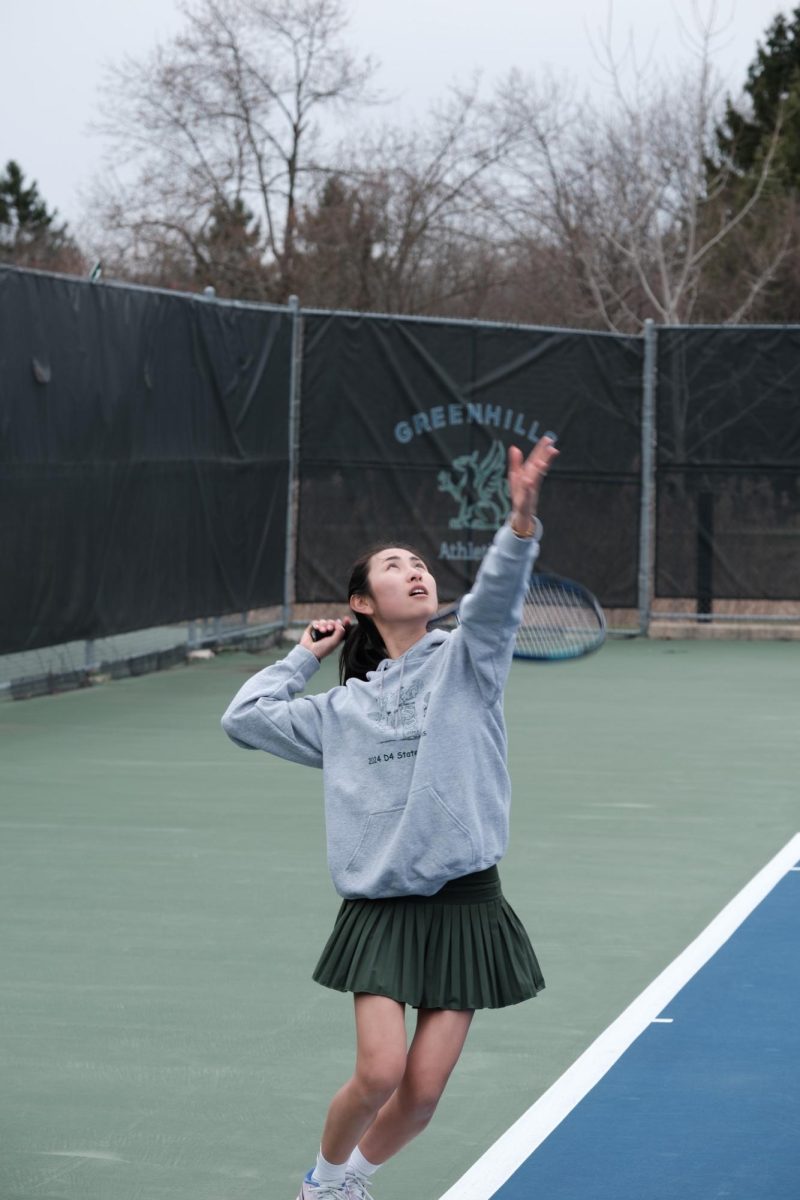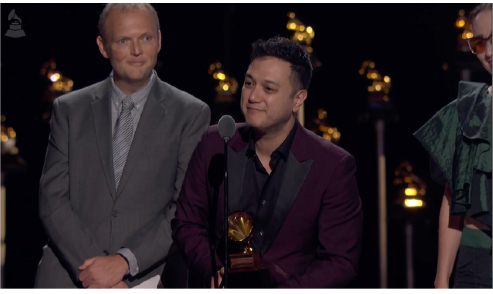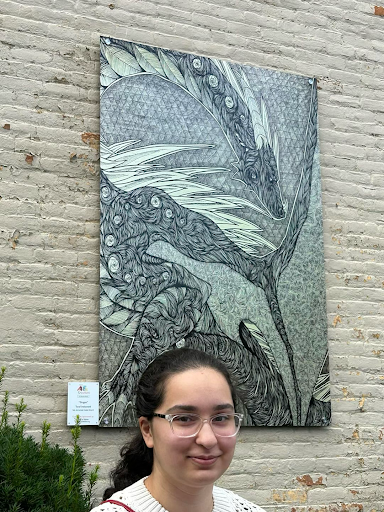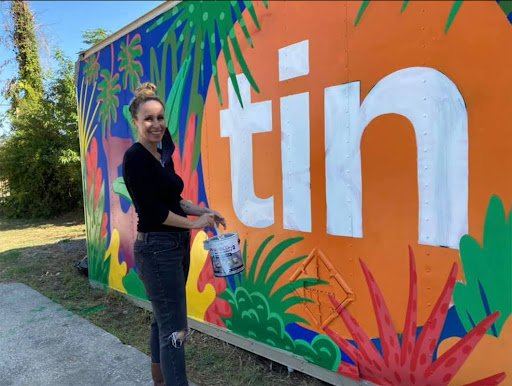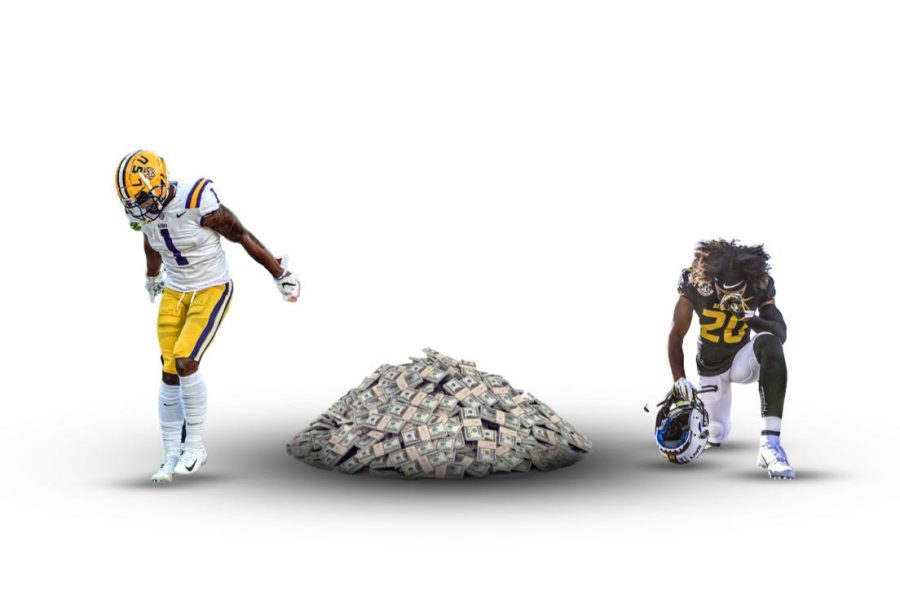College athletes should be allowed to make NIL deals, compensation
March 1, 2023
More than a hundred years have passed since the National Collegiate Athletic Association, also known as the NCAA, enshrined the value of strict amateurism, that college athletes should not earn money from sports, in collegiate athletics in its founding charter in 1905. Back then, collegiate athletics was limited to wealthier students, most of whom weren’t planning on engaging in professional athletics and wanted to maintain the status of sport as a more recreational activity for the wealthy.
Since then, however, collegiate athletics have become a billion dollar industry, with universities now earning massive revenues from broadcasting contracts, apparel deals, and ticket sales. For universities, this has meant hundreds of millions of dollars, new facilities, stadiums, advertising, and brand recognition. But until two years ago, the players, often coming from less privileged backgrounds and risking their futures, didn’t receive a cent.
The journey to professional sports is long, strenuous, and fraught with injury. With the massive growth of both professional sports leagues and collegiate sports, more and more students are pushed to join the ever-rising number of prospective professional athletes into a rat race where athletes engage in risky, wageless, labor that earns millions of dollars for universities. Players are now faced with strenuous competition against thousands of other students, with college scouts undertaking massive nationwide searches to find the most qualified young athletes from across the country and players fighting for attention from top universities.
That journey starts in high school, where hundreds of thousands of high school students battle for the limited attention of college athletic departments. The vast majority of these students come from low-income backgrounds, seeking to improve their economic standing, and often lacking a backup plan or support systems to fall back on. According to the National Bureau of Economic Research, over 60 percent of NFL players come from low-income families, and that 70 percent of NBA players come from low-income backgrounds.
Despite struggling against unequitable circumstances on a playing field far from level, very few of these athletes ever get a chance to prove themselves in college: for example, only under two percent of high school football players ever get recruited to play collegiate athletics. But the already strenuous journey doesn’t end there. College athletes must play their hardest and avoid injuries all to find the attention of professional teams. But oftentimes even this isn’t enough. According to the NFHS, the National Federation of State High School Associations which acts as a national governing body for high school sports, only two percent of college athletes make it to professional athletics. Hundreds of thousands of college athletes perform hundreds of thousands of hours of unpaid labor all for the slim chance to make it to professional sports.
But for the two percent of college athletes that make it to major professional leagues, the struggles don’t end there. Rookie professional athletes leaving college enter a new profession prone to injury, poor deals, and more competitive than anything they might have experienced before, all under greater pressure from fans, media, and managers. In the NFL for example, in which the average career is just 3.3 years long, One in every five players suffer a serious injury every year, threatening their chances of continuing the sport. And in professional soccer, over 25 percent of players are forced to miss playing time because of injuries.
College athletes have fought tough battles to get where they are. The majority of them have overcome the odds, competing against other students to earn the recognition of universities, and struggling against socioeconomic hardship. These athletes continue to perform thousands of hours of work without salary, risking everything for just a sliver of opportunity. Given the sheer amount of effort that these athletes put in, it is simply unfair not to allow college athletes to earn at least a fraction of the billions of dollars of value that they create for universities.
These students are competing with limited support and a lack of resources, often from lower income backgrounds, and yet are somehow expected to engage in highly dangerous labor for nothing more than an honorary thanks and the miniscule chance to win a professional lottery and possibly play in professional athletics. These players put everything on the line, struggling in a career path where just a slim percentage ever make it to the level where they can make money despite creating massive revenues. It is wrong not to give players a piece of the money that they risk everything to earn.






